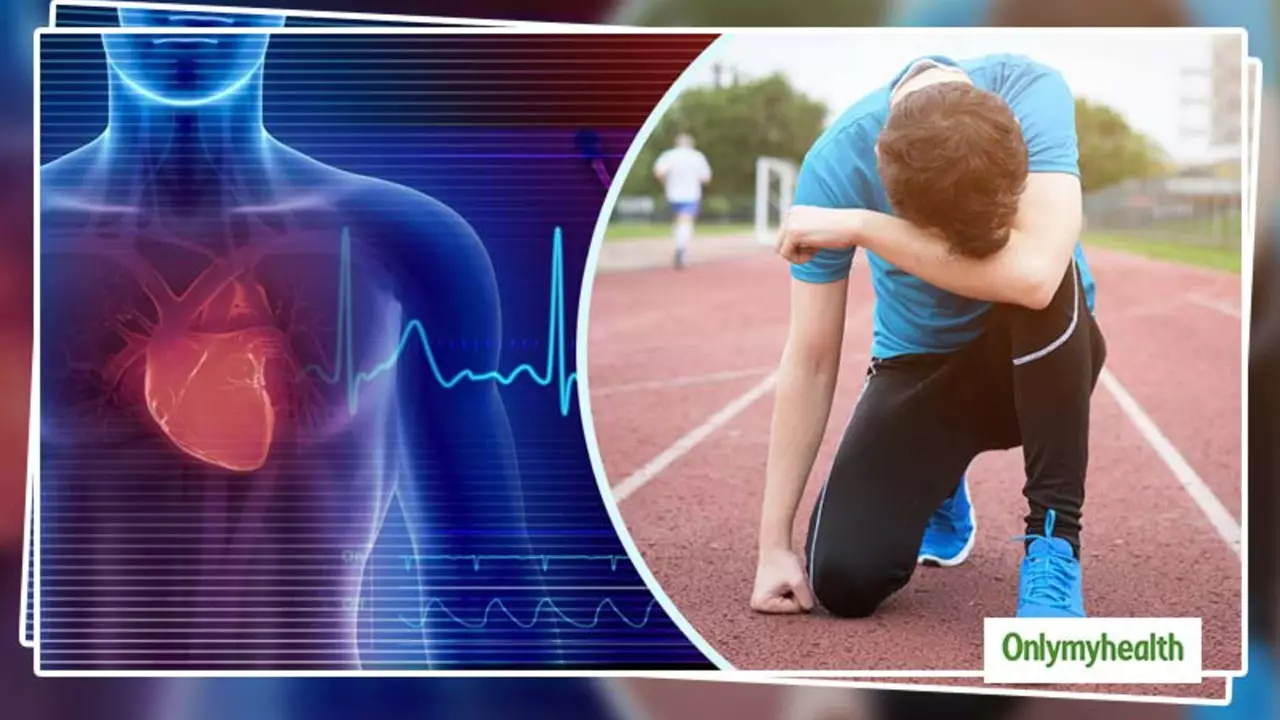Cardiac Arrest in Youth Sports: Quick Guide for Parents and Coaches
Heart emergencies can happen on the field, but most people aren’t prepared. Knowing the signs, having a plan, and learning basic CPR can mean the difference between life and death for a teenage athlete.
Spot the Warning Signs
Before a crisis hits, there are often clues. Look for fainting without a clear cause, sudden shortness of breath, or chest pain that isn’t linked to a scrape or bruise. If a player collapses and doesn’t respond right away, treat it as a possible cardiac arrest.
Kids sometimes push through pain, so encourage them to speak up. A quick check of family heart history can also flag hidden risks. If anyone in the family had a heart condition, let the coach know – they can arrange extra screening.
Make an Emergency Action Plan
Every team needs a written plan that’s easy to follow. Include the exact location of the nearest automated external defibrillator (AED), who will fetch it, and which adult will start chest compressions. Practice the plan at least twice a season so everyone knows their role.
Keep emergency numbers on hand and make sure the phone is charged. One mistake that costs lives is waiting for someone to call 999 – start compressions right away while another person grabs the AED.
Learn CPR and Use an AED
Chest compressions should be hard and fast – about 100 to 120 per minute, at a depth of at least 2 inches. It sounds simple, but most adults don’t push hard enough. A 30‑second video can show you the rhythm; practice on a mannequin if you can.
The AED will talk you through each step. If it tells you to shock, make sure no one is touching the player and press the button. After the shock, resume compressions immediately. Keep going until professional help arrives or the player shows signs of life.
Preventative Steps
Regular check‑ups that include a basic heart screen are a good habit for any serious teen athlete. Some schools offer ECG tests, but they’re not mandatory everywhere. Encourage a balanced diet, proper hydration, and enough rest – over‑training can stress the heart.
Make sure all equipment, especially protective gear, fits correctly. Poor fit can cause hidden injuries that strain the heart over time.
After the Incident
If a player survives a cardiac arrest, they’ll need follow‑up care and possibly a device like an implantable defibrillator. Support the family and teammates – a heart event can be emotionally tough.
Use the experience to improve your safety plan. Update the emergency checklist, add any new contacts, and hold a short debrief with the team to answer questions.
Staying calm, knowing the signs, and having a practiced plan give you the best chance to protect young athletes. Take a few minutes now to talk to your team, get CPR certified, and locate the nearest AED. It’s a small effort that can save a life.
Why is cardiac arrest getting common in athletes?
In my latest post, I delve into the concerning trend of increasing cardiac arrests among athletes. I discuss how intense physical exertion can sometimes trigger underlying heart conditions that athletes may not even know they have. Factors such as congenital heart defects, undiagnosed heart diseases, or even an electrolyte imbalance can lead to a sudden cardiac arrest. I also mention the role of performance-enhancing drugs, which can increase the risk. Finally, I stress the importance of regular health checks and proper training to mitigate these risks.
Read More
